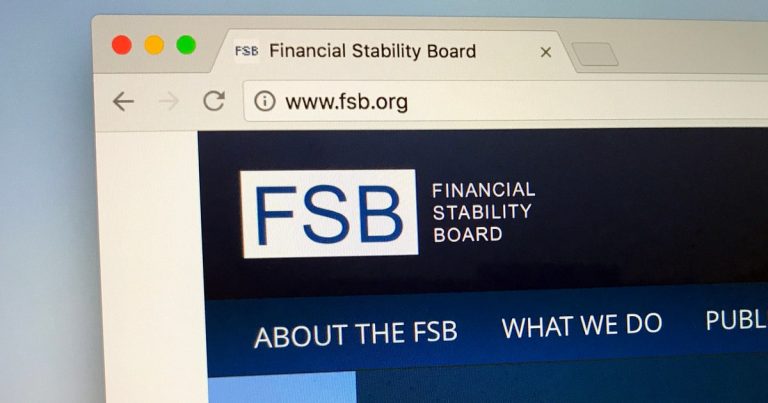Key takeaways
An anticipated surge in cross-border payments, with the value set to rise from nearly $150 trillion in 2017 to over $250 trillion by 2027, marking an increase of over $100 trillion within a decade.
The Bank of England’s estimation aligns with this projection, emphasizing the significant opportunities for entities in the cross-border payments domain.
Market dynamics indicate potential shifts in market share, with almost 90% of financial institution clients surveyed by Citi believing that at least 5% of the market share will transition, mainly to FinTechs, in the upcoming 5-10 years. Notably, 40% observed that a share of the wallet has already been redirected.
Citi’s recent Global Perspectives & Solutions (Citi GPS) report, titled ‘FUTURE OF CROSS-BORDER PAYMENTS — Who Will Be Moving $250 Trillion in the Next Five Years?’ sheds light on the transformative potential of the cross-border payments industry.
Jane Fraser, CEO of Citi, stated, “Our industry is on a journey to reach the next phase of evolution within cross-border payments.” She emphasizes the collaborative efforts with financial institutions, FinTechs, corporates, and industry experts to leverage technologies like artificial intelligence and digital assets to revolutionize the cross-border payments experience.
Shahmir Khaliq, Global Head of Services at Citi, pointed out the evolving nature of competition in the industry. He noted the shift from traditional payment methods to API connectivity, providing FinTechs and other participants with enhanced opportunities through established financial infrastructures. Regulatory initiatives, such as open banking, are further propelling innovation.
However, challenges persist. Legacy technologies and regulatory obligations consume significant portions of investment budgets. Despite these hurdles, financial institutions are increasingly focusing on innovation, exploring both traditional fiat currency and digital asset spaces.
Amit Agarwal and Debopama Sen, Global Co-Heads of Payments & Receivables at Citi Treasury and Trade Solutions, emphasizes the growing attractiveness of the cross-border payments sector, driven by e-commerce growth and new business models. They highlighted Citi’s strategic objective to offer differentiated client experiences.
Ronit Ghose, Head of Future of Finance at Citi Global Insights, commented on the nascent stage of the digital asset space. He underscored the potential of emerging technologies, such as artificial intelligence and the Metaverse, to disrupt the cross-border payments landscape.
The report underscores the importance of client experience, with over 50% of financial institutions recognizing the need to revamp front-end interfaces to enhance client interactions and remain competitive.
The Citi GPS report is a culmination of insights from market infrastructure experts, FinTechs, and banks from four continents. The overarching sentiment from over 100 of Citi’s financial institution clients is clear: Speed, cost-efficiency, and transparency are paramount for superior client experiences.
Disclaimer & Copyright Notice: The content of this article is for informational purposes only and is not intended as financial advice. Always consult with a professional before making any financial decisions. This material is the exclusive property of Blockchain.News. Unauthorized use, duplication, or distribution without express permission is prohibited. Proper credit and direction to the original content are required for any permitted use.
Image source: Shutterstock












+ There are no comments
Add yours